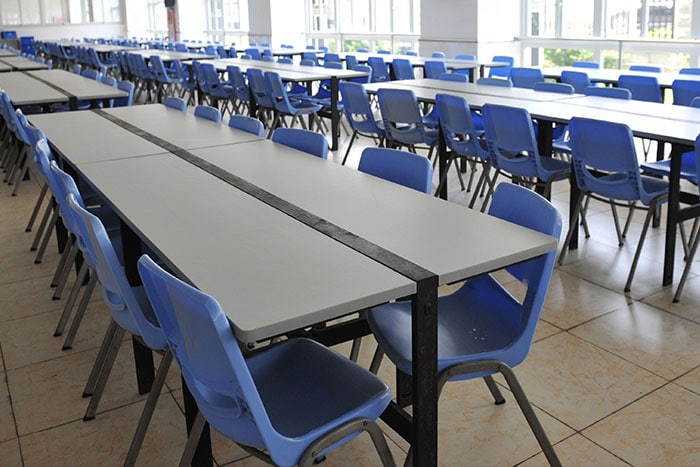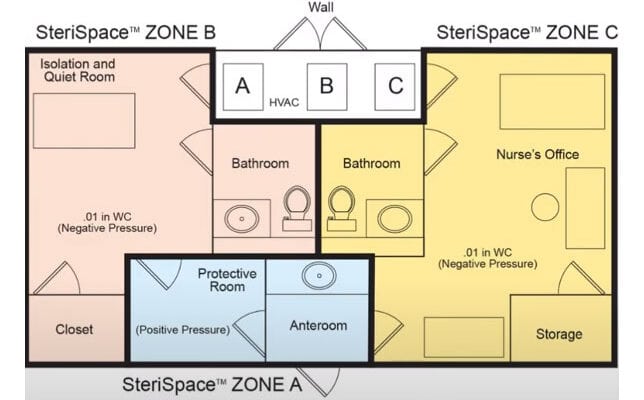Many schools rely on designated isolation rooms to contain infectious diseases – but how do we know if this is doing enough to protect staff and students from airborne transmission? SteriSpace can ensure a new level of protection so schools can resume in-person instruction with peace of mind.
Schools all over have been faced with difficult decisions when it comes to containing the spread of COVID-19 amongst students and staff to ensure that instruction remains in-person. With the use of designated isolation rooms, schools are attempting to slow the spread. However, shared ventilation within these rooms deems infection containment ineffective.
SteriSpace innovative air sterilization technology drastically reduces ventilation-associated disease outbreaks by preventing airborne contaminants from reentering and recirculating in a school’s central ventilation system. With the combination of dedicated ventilation via SteriSpace and maintenance of negative pressure in the isolation room, true infection control has never been more secure.
This means, for every million pathogens released into the air, SteriSpace leaves only, on average, a single living microbial cell behind, compared to alternative air purification methods, that may leave behind more than 1,000 airborne contaminants.
Which classroom would you rather have your child be in?
One with 1 infective microbe or 1,000 infective microbes?
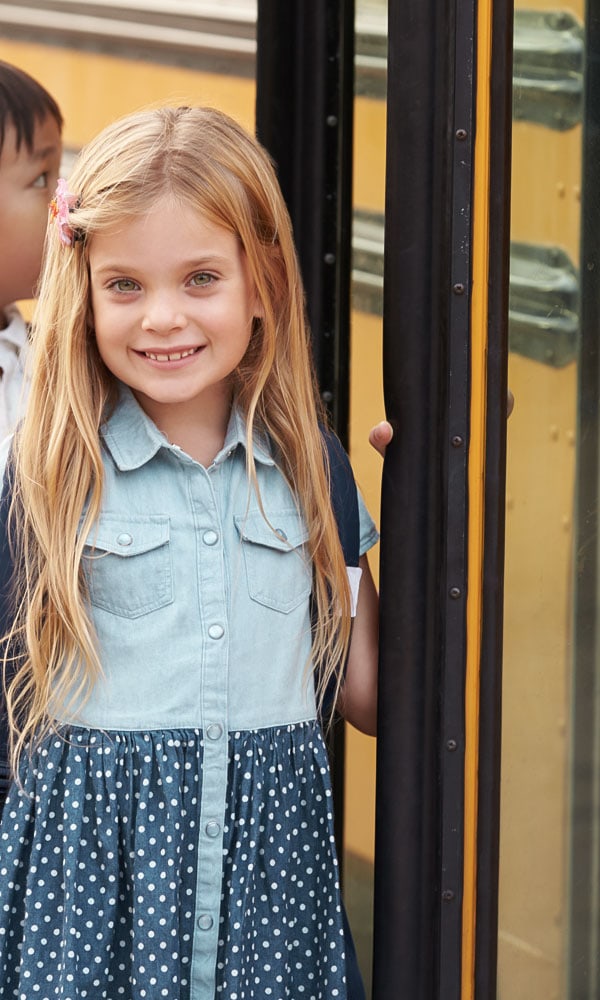

Use SteriSpace in all areas of your school to protect your staff and students from harmful airborne biological contaminants. Is your school ready for the next pandemic? Aren’t all schools worthy of Air Sterilization Technology? We think so.
Click on Any of the Applications Below to Learn More
A nurses’ suite is a high-risk area when it comes to containing infectious airborne particles. While many schools rely on isolation rooms and PPE to mitigate the spread of infectious pathogens, schools should be placing focus on how to better optimize their isolation rooms for more effective infection containment.
SteriSpace can be configured to create negative pressure to mitigate the spread of airborne infection. Creating a negative pressure environment can isolate infected individuals, thereby reducing the probability of other healthy students and staff becoming infected.
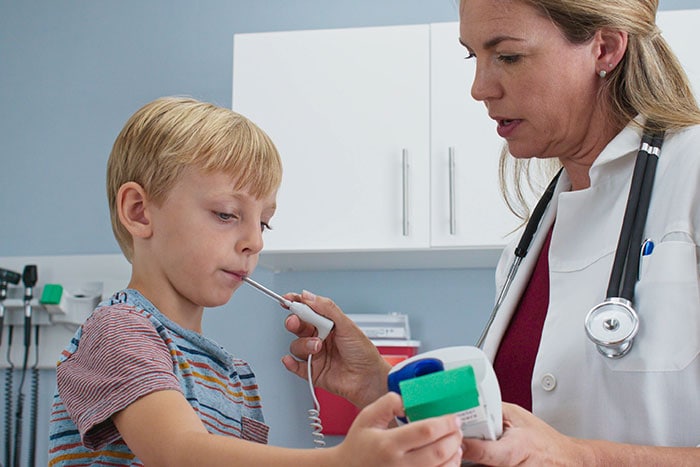
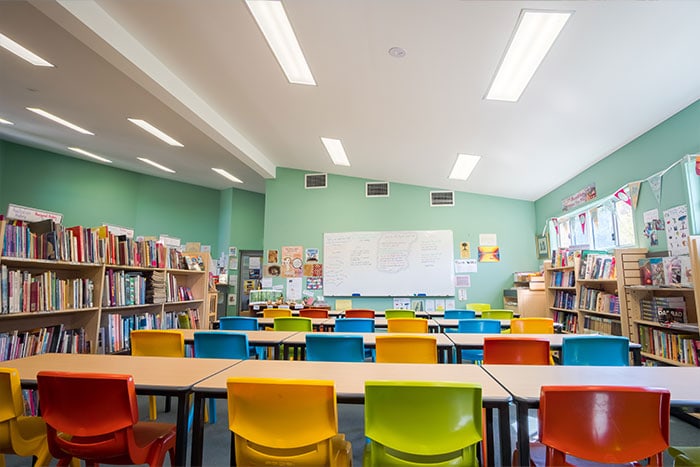
More and more schools are faced with the uncertainty of the state of in-person learning. It goes without saying that in-person learning is vastly beneficial for the well-being of staff and students alike. With worsening air quality in schools due to poor building infrastructure, there have been higher instances of absences that could likely be preventable. Common airborne contaminants like mold spores are actually one of the leading causes of absenteeism in students, as it exacerbates common ailments in children such as asthma.
Not only does in-person learning offer positive effects on the well-being of students and faculty, but it has financial benefits as well. This is why investing in air sterilization technology will be key to enabling schools to stay open in many situations. The improved air quality will lead to better attendance amongst staff and students – meaning less money goes towards caregiver and substitute teacher costs and also, more revenue for the school.
Gymnasiums are another source of anxiety for schools when it comes to mitigating the spread of airborne infection transmission. With higher rates of aerosolized contaminants in the air from rigorous activities performed in school gymnasiums, schools need to be taking additional precautions when it comes to these areas of the school. Just like auditoriums, however, schools are using gyms for more than just exercise as their wide-open space can accommodate social distancing measures better and provides additional space for students to work out of.
As more and more designated areas turn into additional spaces for students to complete work, these spaces need to come with adequate protection, no matter their purpose. SteriSpace systems can accommodate the air changes needed for these spaces, while recirculating nothing but sterile air.
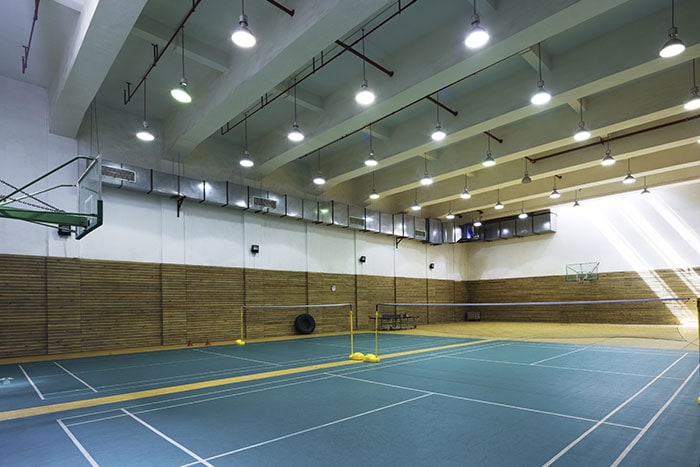
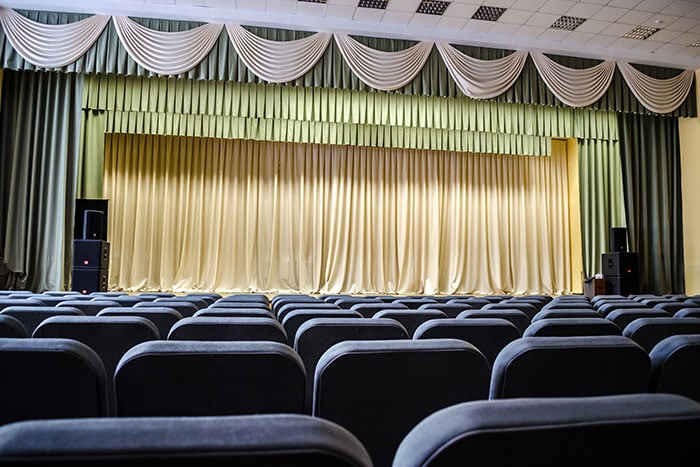
Schools all over are facing unprecedented staffing shortages, forcing the need for many students to share spaces like the auditorium to be supervised by staff members. As a result, in-person learning becomes riskier as more people share one space. As the air recirculates in this space, more people are exposed to infectious aerosols. As you can imagine, this does little to help staff and attendance shortages.
SteriSpace unique air sterilization technology can accommodate the required number of air changes per hour and provide adequate ventilation. SteriSpace consistently turns over sterile air, so nothing but clean and sterilized air is recirculated leading to significant energy and cost savings, and potentially higher attendance rates amongst staff and students.
Cafeterias have presented an additional challenge for school officials with greater risks of COVID-19 transmission occurring in these areas of the school. While schools have been opting for various measures such as eating lunch outdoors or practicing social distancing between students. For many schools, however, these measures may not be feasible or an option at all.
Schools integrating SteriSpace into their infrastructure offers a permanent solution to air quality problems like viruses and other biological contaminants. Investing in a brand-new HVAC system is no longer necessary with SteriSpace, as it can easily integrate with your current system and continuously provides sterile air in the educational setting.
SteriSpace has the ability to sterilize the air in large, open spaces such as the cafeteria – safely removing airborne contaminants with patented compressive heating technology that leaves no harmful byproducts like other air purification technologies. SteriSpace can operate as a standalone unit or be integrated into a central air handling system.
